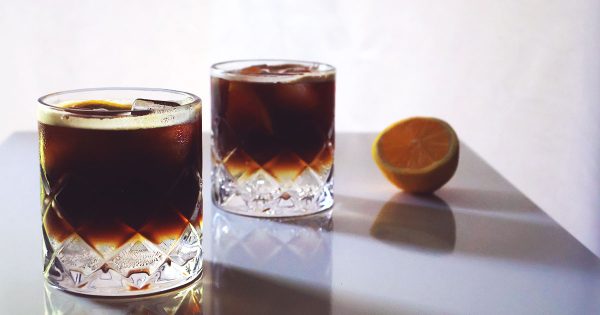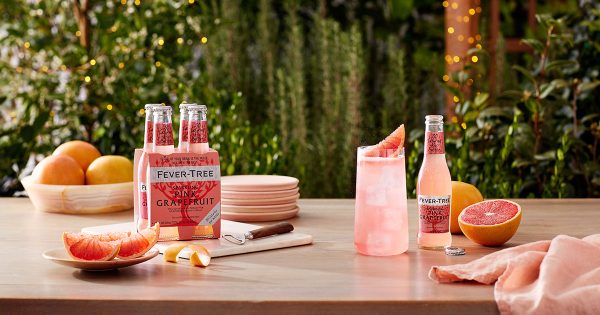Fever-Tree: The Perfect Mixers for your Cocktails
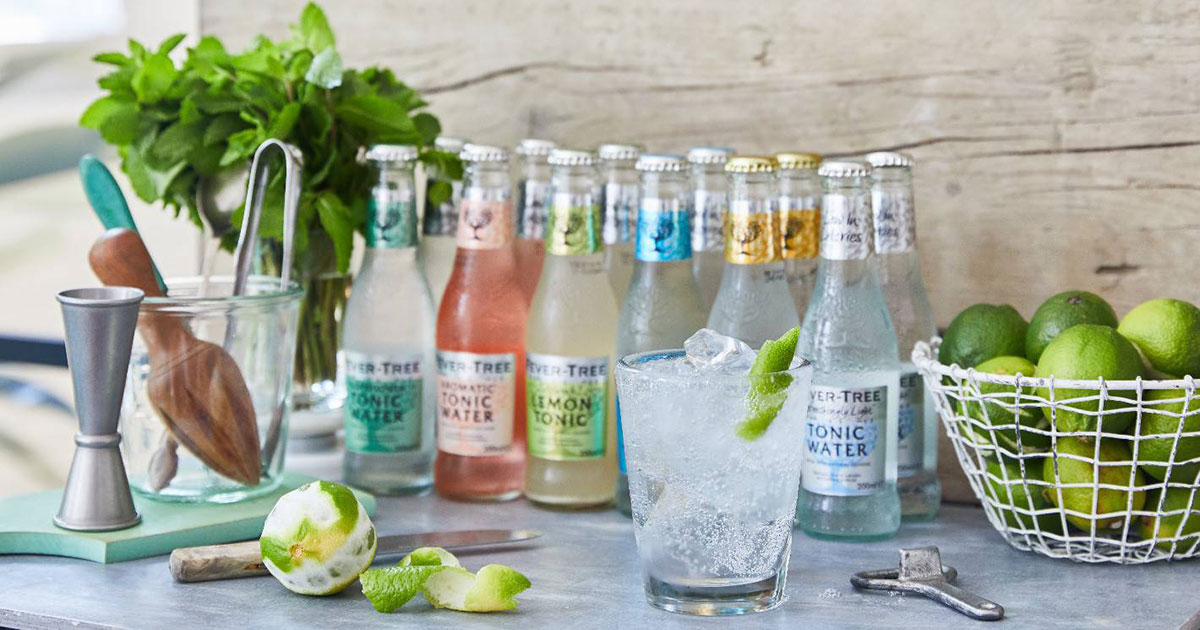
Ah, summer and its cocktails, we love it, especially when the temperature is high and we want to cool off. However, it is essential to choose the best ingredients. By the way, Fever-Tree is undoubtedly the crème de la crème of so-called stretchers. I took advantage of the onset of the warm season to discuss it with Ms. Alexis Green, Marketing Director at Fever-Tree Canada.
From gin to mixers
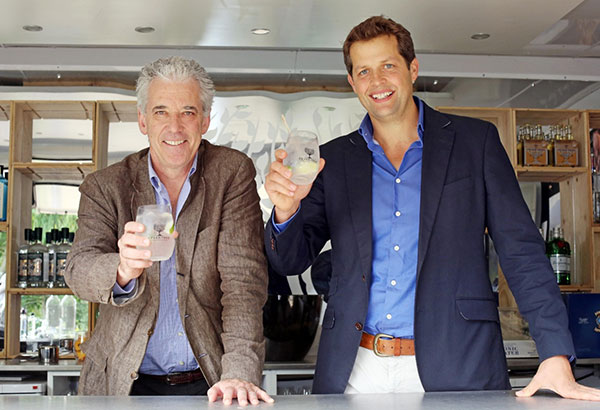
Mr. Charles Rolls and Mr. Tim Warillow, the Fever-Tree co-founders
Photograph: Fever-Tree
Let’s start with the origin. Fever-Tree was born in the UK in 2003, when the two founders, Tim Warillow, an executive in marketing, and Charles Rolls, who bought Plymouth Gin and brought it to what we know today, met up to speak about purchasing another gin company. “They get together over a coffee. They started to chat, and the conversation veered off from gin into the mixers available for these amazing gin. They were high in sugar and artificial sweeteners, and artificial ingredients. It was a light bulb moment. They didn’t need to buy a gin company. What they needed was to start a mixer company. So they went to the British libraries and researched for 18 months on botanicals, origins and more. And they started travelling the world to find the highest naturally sourced ingredients,” added Ms. Green. And that’s how they launched their first flavour in 2005, which is the Indian tonic water still on the shelves today.
The origin of the Fever-Tree name
What does the name Fever-Tree originate from, you might ask? Well, Ms. Green told me it’s coming from the main ingredient in tonic water is quinine, which came from the Cinchona Ledgeriana tree, and the nickname for the tree is the Fever-Tree. And that’s where the company name came from because locals used to chew on the bark to alleviate the symptoms of malaria back in the years 1600–1800 before they had medication for it. “The name is an homage to the tree which provides the base for many of our products,” tell me the Marketing Director of the Canadian branch.
As you may know, Fever-Tree has many products, even more in other markets, like the UK. As Ms. Green told me, innovation is at the heart of the company, and it’s something that they are very interested in had always worked on since the beginning. “Fever-Tree was developed as a mixer, specifically to go with the world’s finest spirits. And that’s where everything originated. We have our tonics, our gingers, our sparkling range, our refreshingly light, we offer a mixer for everybody, whether they choose to mix with alcohol or go non-alcoholic” precise Ms. Green.
The Fever-Tree Pairing Wheel
An innovation that is very interesting of Fever-Tree is their pairing wheel and guide; it’s their way of guiding the consumer to fit the best mixers with their favourite spirits. “But ultimately, the best way that we develop pairings is we try the product and then we pick the mixers that we think will go best with it. Keep things in mind, like balance complementing contrast. If it grows together, it goes together and he kind of starts from there, but you know, one of the most fun things is to discover it for yourself. You can pick up a couple of different types of mixers and try it with a gin, vodka or whisky or whatever, and pick your favourite because palates are so different from person to person,” added Ms. Green.
I followed by asking the main difference between the products, suggesting people buy a new tonic, for example, and whether this one will be better with your gin or vodka. When you entered the newest pink grapefruit out, how do you tell people to try it? And Ms. Green said, as she already states earlier, “Part of the fun is discovering what you like the best. We establish the guidelines; the things that we want to demonstrate to people are the naturally sourced ingredients, the high levels of fine carbonation, which helped carry the flavours and a cocktail with no artificial sweeteners and no artificial colours. The base of a lot of cocktails and mixers, and spirits is water. And for us, our water has a low minerality, so it doesn’t affect the flavour of a cocktail. And those are the, you know, the things that are important to our consumers,” explained the manager.
An impressive range
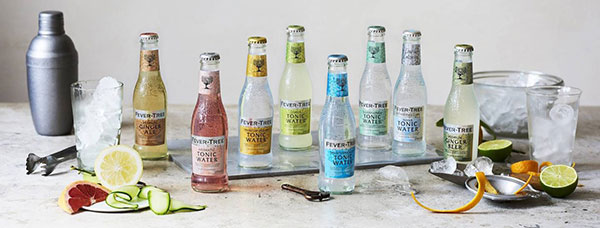
Photograph: Fever-Tree
Maybe Fever-Tree is not Canadian, but their benefit is their range. They have 16 different flavours in the country. As Ms. Green mentioned, it’s a naturally sourced product with no artificial sweeteners, flavour, colour, or high levels of fine carbonation. “It’s straightforward for literally anybody to find what they’re looking to drink. And it’s easy to find it’s accessible,” specify Ms. Green.
The Refreshingly Light Range: Low in Calories
I wanted to know more about the Refreshingly Light range, and here’s what Ms. Green had to say, “People are going into that (fewer calories) trend. They are more conscious about what they’re consuming, and we also wanted to make sure that there was a mixer for everyone. So it was a great opportunity to launch a Refreshingly Light range. And we have it for the tonics here in Canada; we have Refreshingly Light Indian Tonic Water, just like the yellow label, but in the light, Refreshingly Light Cucumber Tonic Water. Also, it’s not called Refreshingly Light, but the Sparkling Pink Grapefruit is Part of the Refreshingly Light range. And then, we also have the Ginger’s Refreshingly Light Ginger Beer and Refreshingly Light Ginger Ale. The idea behind this is that if you were to use our mixers with the spirit you choose, the difference between the Ginger Beer and Refreshingly Light Ginger Beer should be imperceptible to the average consumer. So it’s low in sugar and calories; we use fructose, a sugar that finds its origin in fruits and honey. So it’s a more complex sugar than a high fructose corn syrup. And it also tastes twice as sweet so that we can use half as much. And that’s how we achieve the sugar to flavour ratio. And we also add some mixers in cans, so you can bring them wherever you’re not allowed to bring glass,” conclude Ms. Green.
And here are some recipes that Alexis share with us to quench your thirst this summer!
Envie d’en savoir plus sur Fever-Tree, discover their Canadian website


